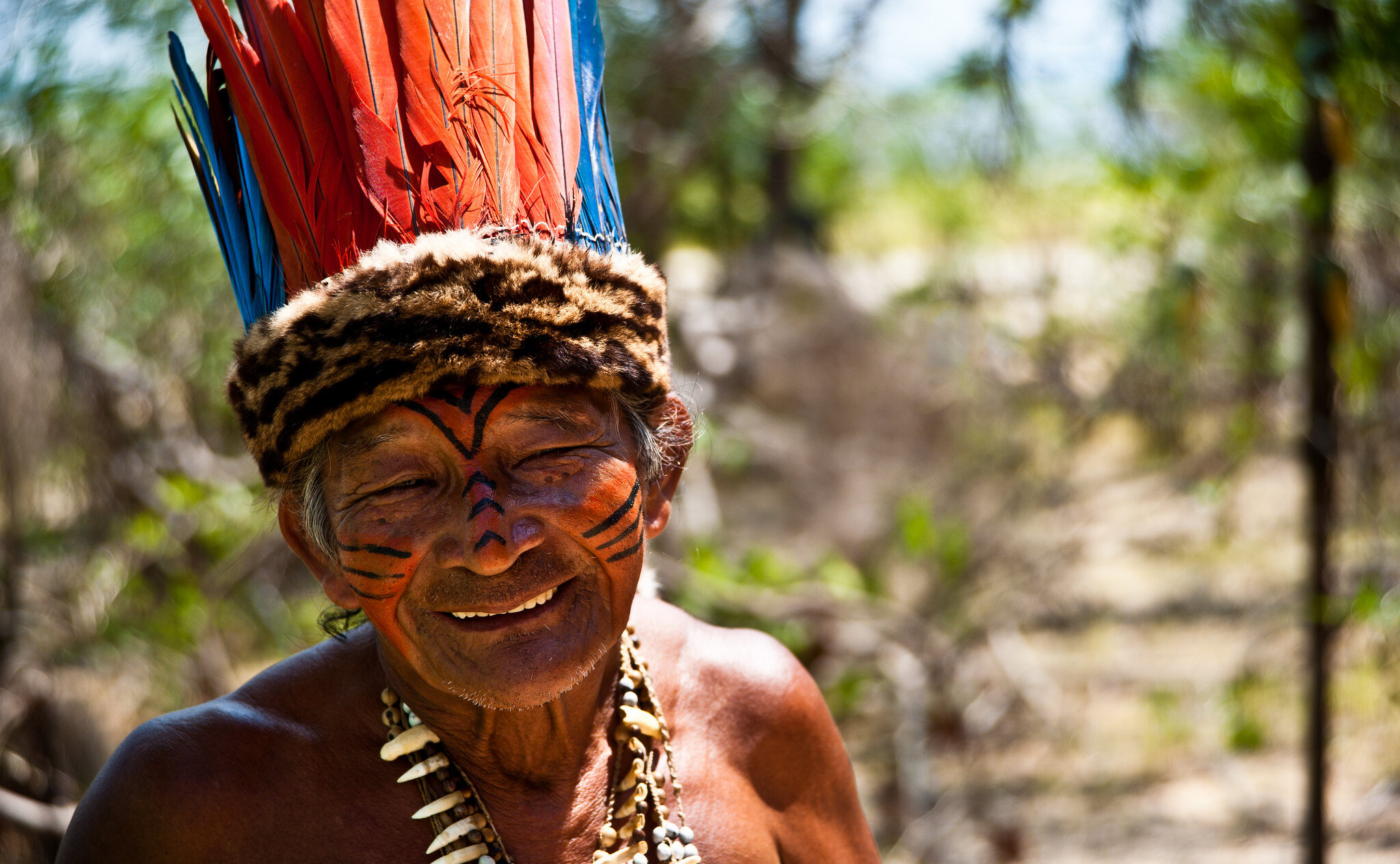Guardians of climate & nature
Indigenous Peoples comprise less than 5 percent of the global population but protect more than 80 percent of its biodiversity. Their importance in climate solutions alongside their need to have access to resources to keep their self-determined climate actions are critical in the path to a just transition.
When the rights of Indigenous Peoples are recognized, secured, and protected, rates of deforestation tend to be lower and carbon stocks tend to be higher than in forests managed by other actors. Secure rights for community forest guardians can also improve ecosystem integrity, protect biodiversity, and enhance public health.
Despite this, less than 1 percent of funding currently reaches Indigenous Peoples and Local Communities to secure tenure rights and manage forests in tropical countries. From all the funds allocated in the last 10 years to support IPLC’s tenure rights and forest management, only 17 percent actually included an IPLC organization, which represents 0.13 percent of all the aid designated to climate change. And out of the US$1.7 billion financing committed in the COP26 IPLC Forest Tenure Pledge from 2021 to 2025, only 7 percent of the funds distributed to date to fulfil this pledge have directly reached IPLC groups.
Why funding is critical:
- Indigenous Peoples and local communities-led funds work: Funds are an alternative, efficient and effective financial mechanism, already in place, that can reach out to communities that wouldn’t normally have access to funds, respecting their self-determination rights and priorities.
- Financial mechanisms are international and context-specific: Stories and data show that these funds can operate in all socio-cultural regions, in different contexts, having in common the fact that they are built by and for Indigenous Peoples and Local Communities.
- Funding is inefficient: There is a need to change the narrative and increase direct financial flows to Indigenous Peoples and Local Communities if we want to reach the Paris Agreement goals and the best way to do it is through Indigenous Peoples and Local Communities-led funds. Funding for Nature-based Solutions, currently around $133-143 billion per year, needs to triple by 2030. The funding gap for biodiversity conservation is even larger, at $700 billion per year.
- Funding is inequitable: Funding for Indigenous Peoples and Local Communities’ tenure rights and forest guardianship stands at just $270 million per year – 0.04 percent of total annual climate finance.
- Funding is inflexible: Much existing climate finance remains stuck in complicated multilateral funds, a system the former head of the Green Climate Fund calls “obsolete.” Among other problems, funders retain inflexible systems that are poorly suited for real-world realities, creating bottlenecks that harm communities and the climate.
Recognizing the importance of this, the Climate Champions Team gathered testimonies from leaders of alternative funding mechanisms. We asked fund leaders across the world to share their perspectives on how to leverage the financial system and explain the true impact of providing Indigenous Peoples and Local Communities with direct access to finance.
The Climate Champions Team would like to thank those who contributed and who trusted our work to promote and highlight their stories and testimonies. They are the true leaders of climate solutions and we deeply appreciate their efforts in this collective fight.
***Full interviews coming soon***


